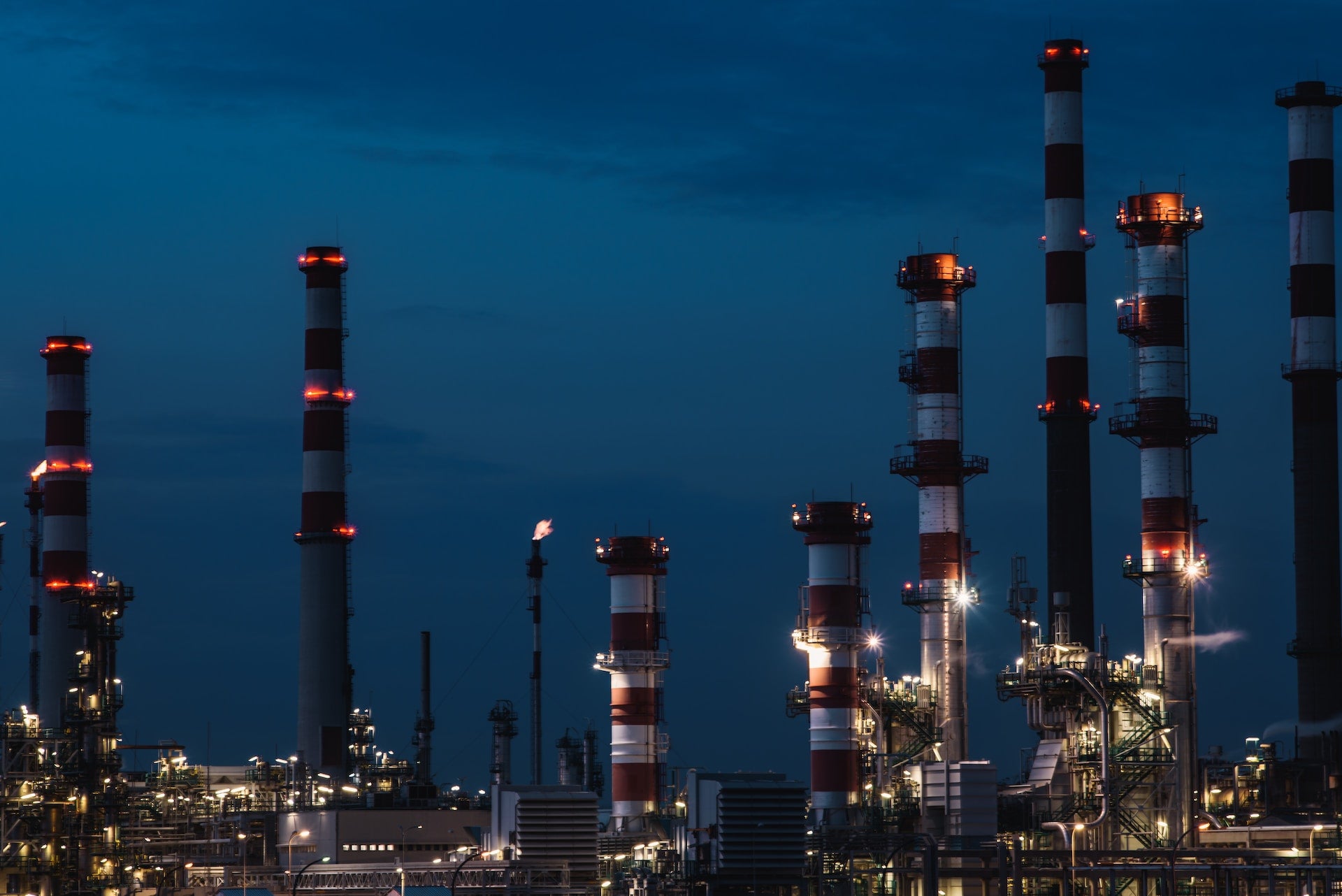
India’s state-owned Oil and Natural Gas Corporation (ONGC) is planning to invest Rs150bn ($1.8bn) in its petrochemical unit ONGC Petro-additions Ltd (OPaL), reported PTI via Economic Times.
The investment, which forms part of a financial overhaul, will see GAIL depart as a shareholder of OPaL, which operates a large petrochemical facility in Dahej, Gujarat.
ONGC controls a 49.36% stake in OPaL, gas utility GAIL owns a 49.21% share, and the remaining 1.43% stake is held by Gujarat State Petrochemical Corp (GSPC).
Last week, the ONGC board approved a financial reorganisation of OPaL, which has amassed an enormous amount of debt.
In a stock filing, ONGC said it would buy back debt, convert share warrants into equity, and invest an additional Rs70bn in equity, giving it a roughly 95% interest in the petrochemical company.
The proposed plan includes “conversion of share warrants issued by OPaL and subscribed by ONGC into equity shares upon payment of final call money of Rs862.81m at the rate of Rs0.25 per warrant,” ONGC said.

US Tariffs are shifting - will you react or anticipate?
Don’t let policy changes catch you off guard. Stay proactive with real-time data and expert analysis.
By GlobalDataIn addition, ONGC will “buy back compulsory convertible debentures of Rs77.78bn.”
Current owners of CCDs issued by OPaL with backing from ONGC include financial institutions.
According to the statement, ONGC will also invest Rs70bn in OPaL’s equity/quasi-equity security.
Following the reorganisation, OPaL will become a subsidiary of ONGC.
The financial restructuring “will augment the holding of ONGC in OPaL and OPaL will become more profitable,” ONGC noted.
Set up in November 2006, OPaL petrochemical complex has an annual capacity to produce 1.5 million tonnes of polymers, 0.5 million tonnes of chemicals, and several other products through the associated units of pyrolysis petrol hydrogenation, butadiene extraction, and benzene extraction.
Last month, it was reported that ONGC would spend over $24bn to achieve net zero emission targets by 2038.



